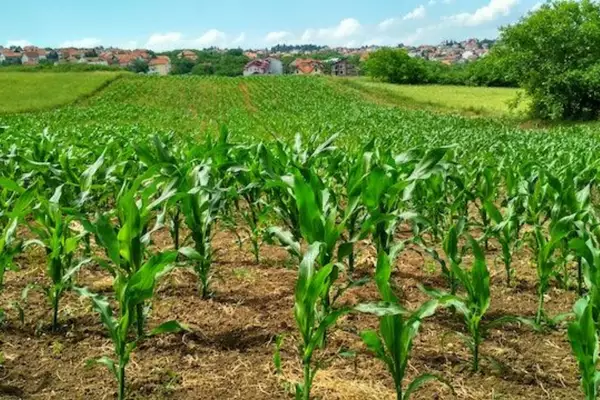Researchers emphasize that biosurfactants can be produced using green substrates from agro-industrial waste, offering an eco-friendly alternative to synthetic surfactants.
About Surfactants:
- A surfactant (surface-active agent) is a substance that, when added to a liquid, reduces its surface tension, increasing its spreading and wetting properties.
- Types: Can be synthetic or natural (e.g., biosurfactants).
- Functions:
- Emulsifiers: Aid in mixing oil and water.
- Lubricants: Enhance smoothness in food textures.
- Foamers: Facilitate foam formation and stabilization.
- Dispersing Agents: Help in evenly distributing ingredients.
- Moisture Retention: Maintain moisture levels in food products.
- Shelf Life: Improve the longevity of food products.
About Biosurfactants:
- Surface-active molecules produced by microorganisms, formed on the microbial cell surface or secreted extracellularly.
- Production: Created by bacteria, yeasts, and filamentous fungi, often using green substrates from agro-industrial waste.
- Characteristics:
- High Emulsification and Solubilization: Excellent in mixing and dissolving substances.
- Stable: Effective across a wide range of pH, temperature, and salinity.
- Eco-Friendly: Non-toxic, safe for human consumption, and highly biodegradable.
- Functional at Extremes: Remain active even under extreme environmental conditions.
- Applications:
- Food Industry: Used in bakeries, salad dressings, and as natural antioxidants.
- Heavy Metal Removal: Clean vegetables and boost fish immunity.
- Pathogen Protection: Provide protective effects against harmful pathogens.
Ref: Source
| UPSC IAS Preparation Resources | |
| Current Affairs Analysis | Topperspedia |
| GS Shots | Simply Explained |
| Daily Flash Cards | Daily Quiz |
Frequently Asked Question:
What are biosurfactants?
Biosurfactants are surface-active molecules produced by microorganisms, often used as eco-friendly alternatives to synthetic surfactants.
How are biosurfactants produced?
Biosurfactants are produced by bacteria, yeasts, or fungi, using green substrates from agro-industrial waste.
What are the benefits of using biosurfactants over synthetic surfactants?
Biosurfactants are non-toxic, biodegradable, and effective under extreme conditions, making them environmentally friendly.
What is the difference between surfactants and biosurfactants?
Surfactants can be synthetic or natural, while biosurfactants are specifically natural, eco-friendly substances produced by microorganisms.
Can biosurfactants be used in food products?
Yes, biosurfactants are used in food products as emulsifiers, foamers, and moisture retention agents.



